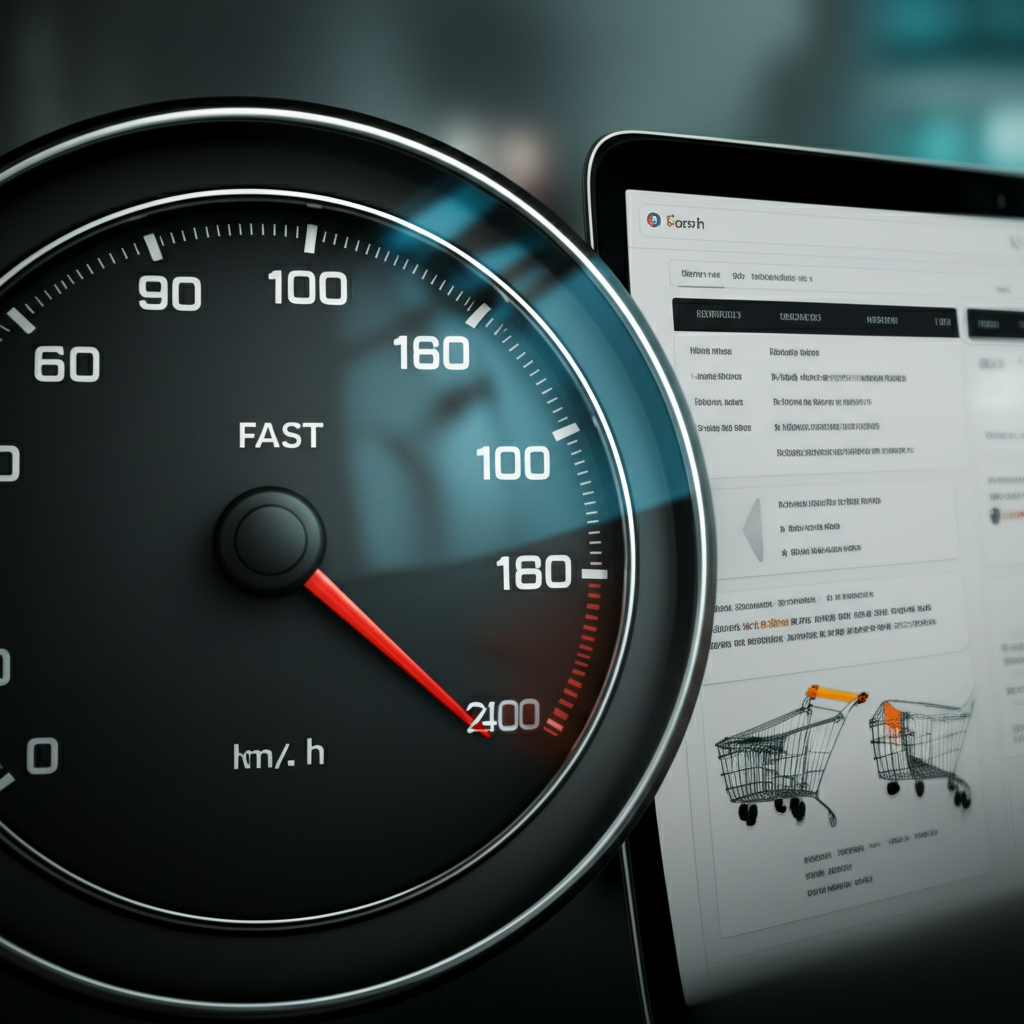- Why Website Speed Matters for SEO
- How Website Speed Impacts Search Engine Rankings
- Website Speed: A Critical Factor for Driving Sales
- The Impact of Slow Loading Times on Sales
- Optimizing Your Website for Speed
- Measuring and Monitoring Website Speed
Website Speed: Crucial for SEO & Sales
Website speed is a critical factor for both SEO and sales. A slow-loading website can negatively impact your search engine rankings and drive potential customers away. In today’s fast-paced digital world, users expect instant gratification. They’re less likely to wait for a slow website to load when faster alternatives are just a click away. This article explores the importance of website speed, its impact on SEO and sales, and practical strategies to optimize your site’s performance.
Why Website Speed Matters for SEO

Search engines like Google prioritize user experience. A slow-loading website contributes to a poor user experience, which can lead to lower rankings in search results. Google has explicitly stated that page speed is a ranking factor for both desktop and mobile searches. A faster website can improve your crawl rate, allowing search engine bots to index more pages more efficiently. This increased visibility can lead to higher rankings and increased organic traffic.
How Website Speed Impacts Search Engine Rankings
The impact of website speed on search engine rankings is multifaceted:
Bounce Rate: A slow-loading website increases the likelihood of users abandoning your site before it fully loads. This high bounce rate signals to search engines that your site isn’t providing a satisfactory user experience, potentially leading to lower rankings.
Dwell Time: Dwell time refers to the amount of time a user spends on your website after clicking on a search result. A fast-loading website encourages users to stay longer, explore more pages, and engage with your content. This positive user behavior signals to search engines that your site is relevant and valuable.
Mobile-First Indexing: With the majority of internet traffic now coming from mobile devices, Google uses mobile-first indexing. This means Google primarily uses the mobile version of your website for indexing and ranking. Optimizing your website’s speed on mobile devices is crucial for achieving good search engine visibility.
Website Speed: A Critical Factor for Driving Sales
Beyond SEO, website speed directly impacts your bottom line. A fast-loading website creates a positive first impression and encourages users to browse your products or services, ultimately leading to increased conversions and sales.
The Impact of Slow Loading Times on Sales
The consequences of a slow website can be detrimental to your sales:
Lost Conversions: Users are impatient. A delay of even a few seconds can lead to abandoned shopping carts and lost sales. Studies have shown a direct correlation between website speed and conversion rates.
Decreased Customer Satisfaction: A slow website frustrates users and creates a negative perception of your brand. This can lead to decreased customer loyalty and negative word-of-mouth referrals.
Lower Average Order Value: A slow and cumbersome checkout process can discourage users from completing their purchase, even if they’ve added items to their cart. This can result in a lower average order value.
Optimizing Your Website for Speed
Improving your website speed requires a multi-pronged approach:
Optimize Images: Compress images without sacrificing quality to reduce file size and improve loading times. Use appropriate image formats (JPEG, PNG, WebP) and consider lazy loading for images below the fold.
Leverage Browser Caching: Browser caching allows users’ browsers to store static elements of your website, such as logos and images, so they don’t have to be reloaded every time they visit your site.
Minify CSS and JavaScript: Remove unnecessary characters and whitespace from your CSS and JavaScript files to reduce their size and improve loading times.
Choose a Reliable Hosting Provider: A fast and reliable hosting provider is crucial for website speed. Choose a provider that offers sufficient bandwidth and server resources to handle your website’s traffic.
Use a Content Delivery Network (CDN): A CDN distributes your website’s content across multiple servers around the world, allowing users to access it from the server closest to their location, reducing latency and improving loading times.
Implement Mobile Optimization: Design your website with mobile users in mind. Use responsive design to ensure your site adapts to different screen sizes and optimize images and other elements for mobile devices.
Measuring and Monitoring Website Speed
Regularly measuring and monitoring your website speed allows you to identify potential issues and track the effectiveness of your optimization efforts. Tools like Google PageSpeed Insights, GTmetrix, and Pingdom Website Speed Test provide valuable insights into your website’s performance and offer specific recommendations for improvement.
By prioritizing website speed, you can significantly improve your SEO, enhance user experience, and ultimately drive more sales. It’s an investment that pays off in multiple ways, contributing to the long-term success of your online business.











Leave a Reply